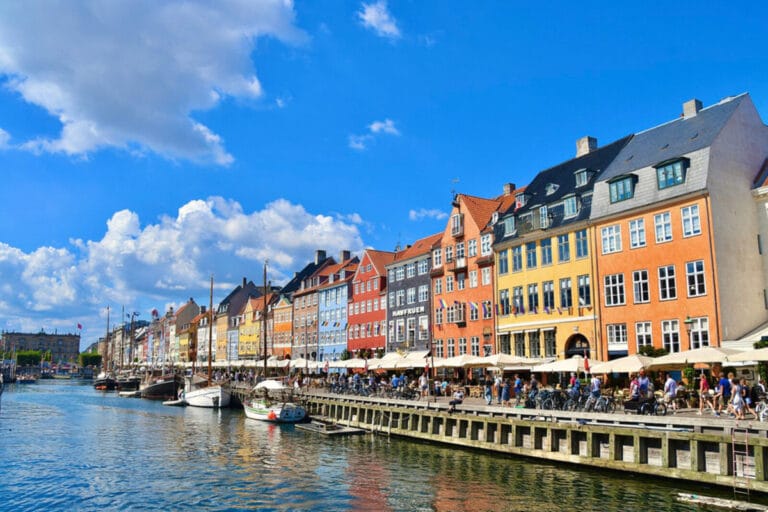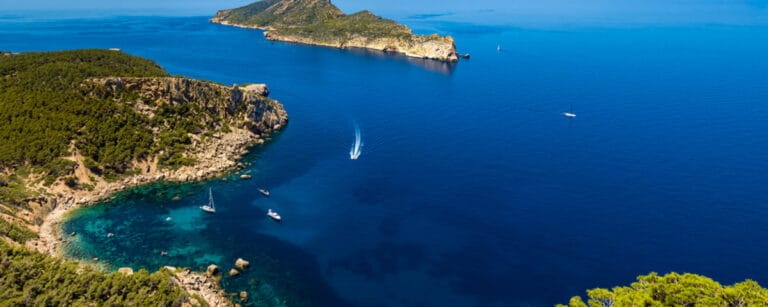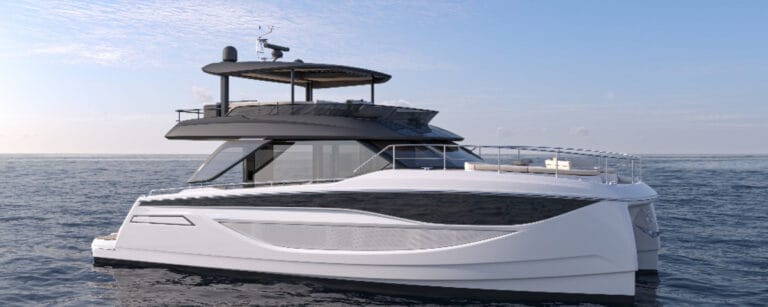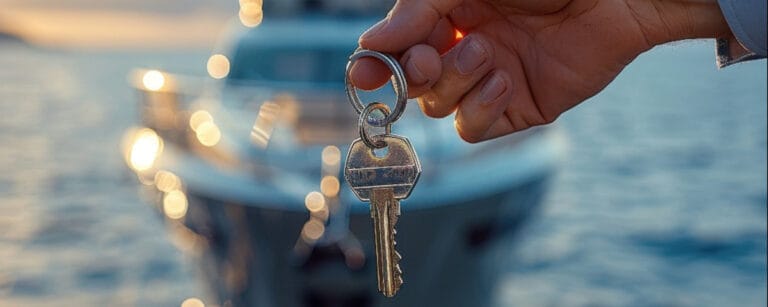The Dhow Experience: A getaway on a thousand-year-old sailboat
The Dhow: A Voyage Through Time and Tradition
The dhow, a traditional Arabian sailing vessel, is characterized by its one or more lateen sails and a streamlined hull crafted from solid wood. Its distinctive silhouette evokes the golden age of maritime trade in the Indian Ocean. Evidence of its existence dates back to the 9th century, as demonstrated by the shipwreck discovered off the coast of Belitung Island in Indonesia in 1998. The ship’s cargo of over 60,000 items, primarily Chinese ceramics, highlights the vibrant exchanges between Tang Dynasty China, Arabian ports, and the Indian subcontinent.
Historically, these vessels transported goods such as dates, spices, textiles, and frankincense between ports in Yemen, Oman, Zanzibar, and Calicut. Even today, dhows continue to navigate between East Africa and the Arabian Peninsula, sometimes powered by engines, but always retaining their unique aesthetic. While some are used for fishing and coastal trade, others have been repurposed to accommodate passengers, offering comfortable experiences without compromising their authentic structure.
A Gentle Cruise Between Abu Dhabi and Dubai
In Abu Dhabi, the dhow provides an ideal way to explore the Corniche, a long coastal strip lined with beaches, gardens, and modern buildings. From the water, the city reveals a serene side, bathed in the golden light of the late afternoon. Away from the urban bustle, a dhow cruise emphasizes slowness and contemplation.
Dubai offers a striking contrast. Here, dhow cruises navigate the Dubai Creek canals or along the marina, amidst towering skyscrapers and ancient souks. The boats, often decorated in the Bedouin style, welcome passengers with local cuisine or cardamom coffee. The experience, a blend of tradition and modernity, adds a unique dimension to exploring the emirate.
A Sunset Escape in Doha
In Qatar, the port of Doha also offers excursions aboard restored dhows. Docked near the Museum of Islamic Art, these sailing vessels catch the eye with their elegant prows and varnished wood. As the day ends, the desert light transforms the skyline into a picture-postcard scene, while the Corniche is adorned with shimmering reflections. The calm atmosphere contrasts with the bustling city: on the water, time seems to stand still.
Sailing around Doha also provides an opportunity to venture away from the city and discover the clear waters of the Gulf, accessible after a few nautical miles. Trips typically last two to three hours, but some companies offer full-day packages, including swimming and snorkeling stops.
The Fjords of Oman
The Musandam Peninsula, in northern Oman, is arguably one of the most spectacular settings for a dhow cruise. Nicknamed the “Norway of Arabia” for its steep cliffs and deep inlets, this region offers a breathtaking natural landscape. Dhows sail between mountains that plunge into the sea and isolated villages accessible only by boat.
Most excursions include stops for swimming in intensely blue waters, kayaking, or exploring the seabed with snorkeling gear. With luck, dolphins may accompany the boat. Some cruises also offer overnight stays on board, under the stars, with a traditional dinner served on deck.
A Preserved Tradition: Culture and Discovery
Today, a dhow voyage is more than just a relaxing time at sea. It is also a way to reconnect with an ancient way of life, a navigation that respects the elements and traditional skills. Many artisans still build these boats in open-air shipyards, particularly in Sur (Oman) or Al Wakrah (Qatar), where visitors can sometimes observe their construction.
Choosing a dhow cruise is taking a step aside from the usual itineraries and allowing yourself to be carried by a vessel that still tells the story of the maritime routes of the Orient, sails in the wind.
Enjoyed this post by Thibault Helle? Subscribe for more insights and updates straight from the source.







